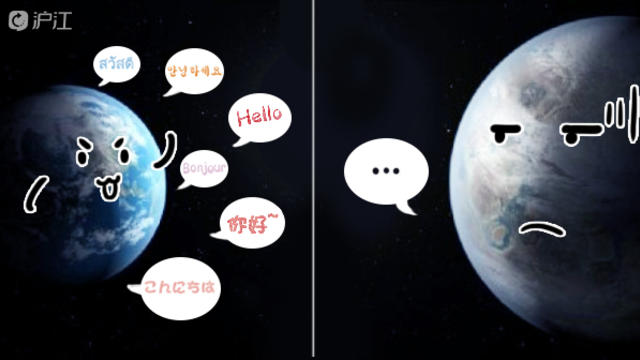2020年9月英语六级听力真题:听力篇章
2020年12月的英语六级考试就要开始了,小伙伴们准备好了吗?
今天,小编给大家带来了2020年9月英语六级听力篇章部分的听力原文和答案。
Section B
Passage 1
While some scientists explore the surface of the Antarctic, others are learning more about a giant body of water -- four kilometers beneath the ice pack. Scientists first discovered Lake Vostok in the 1970s by using radio waves that penetrate the ice. Since then, they have used sound waves and even satellites to map this massive body of water. How does the water in Lake Vostok remained liquid beneath an ice sheet? “The thick glacier above acts like insulating blanket and keeps the water from freezing,” said Martin Siegert, a glaciologist from the University of Wales. In addition, geothermal heat from deep within the earth may warm the hidden lake. The scientists suspect that microorganisms may be living in Lake Vostok, closed off from the outside world for more than two million years. Anything found that will be totally alien to what’s on the surface of the earth, said Siegert. Scientists are trying to find a way to drill into the ice and draw water samples without causing contamination. Again, robots might be the solution. If all goes as planned, a drill-shift robot will melt through the surface ice. When it reaches the lake, it will release another robot that can swim in the lake, take pictures and look for signs of life. The scientists hope that discoveries will shed light on life in outer space, which might exist in similar dark and airless conditions. Recently closed-up pictures of Jupiter’s moon, Europa, shows signs of water beneath the icy surface. Once tested the Antarctic, robots could be set to Europa to search for life there, too.
Q9: What did the scientists first use to discover Lake Vostok in the 1970s?
Q10: What did scientists think about Lake Vostok?
Q11: What do the scientists hope their discoveries will do?
Passage 2
The idea to study the American Indian tribe – Tarahumaras, came to James Copeland in 1984 when he discovered that very little research had been done on their language. He contacted the tribe member through a social worker who worked with the tribes in Mexico. At first, the tribe member named Gonzalez was very reluctant to cooperate. He told Copeland that no amount of money could buy his language. But after Copeland explained to him what he intended to do with his research and how it would benefit the Tarahumaras, Gonzalez agreed to help. He took Copeland to his village and served as an intermediary. Copeland says, thanks to him, the Tarahumaras understood what their mission was and started trusting us. Entering the world of Tarahumaras has been a laborious project for Copeland. To reach their homeland, he must strive two and half days from Huston Taxes. He loads up his vehicle with goods that the tribe’s men can’t easily get and gives the goods to them as a gesture of friendship. The Tarahumaras, who don’t believe any humiliating wealth, take the food and share among themselves. For Copeland, the experience has not only been academically satisfying but also has enriched his life in several ways. “I see people rejecting technology and living a very hard, traditional life, which offers me another notion about the meaning of progress in the western tradition,” he says, “I experienced the simplicity of living in nature that I would otherwise only be able to read about. I see a lot of beauty and their sense of sharing and concern for each other.”
Q12: Why did James Copeland want to study the American Indian tribe -- Tarahumaras?
Q13: How did Gonzalez help James Copeland?
Q14: What does the speaker say about James Copeland’s trip to the Tarahumaras village?
Q15: What impressed James Copeland about the Tarahumaras tribe?
参考答案:











